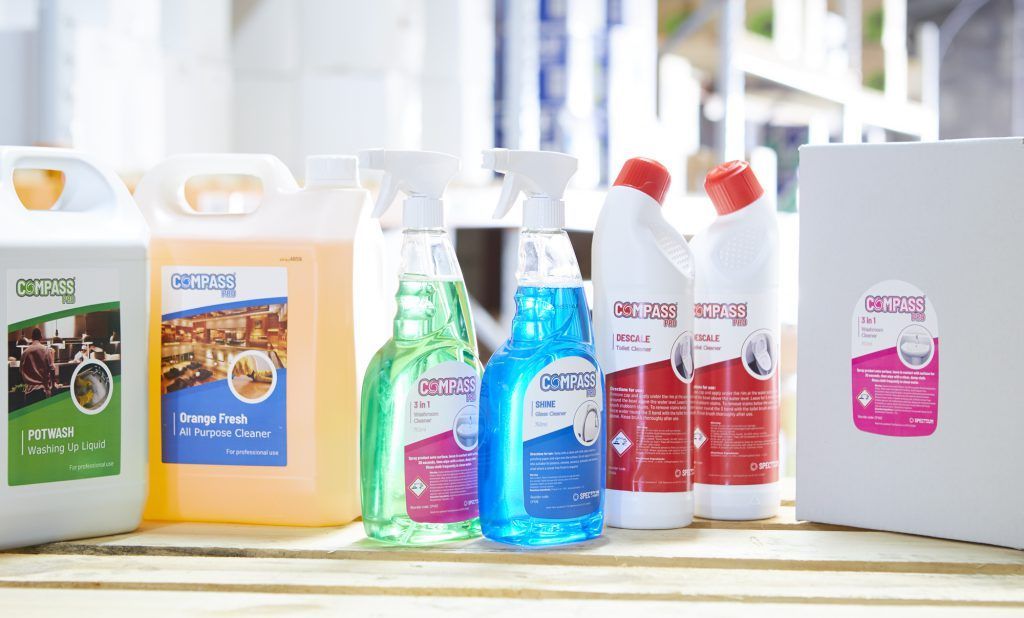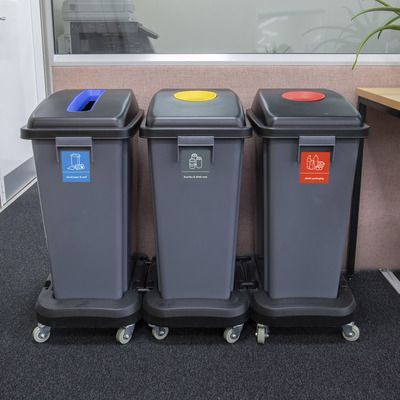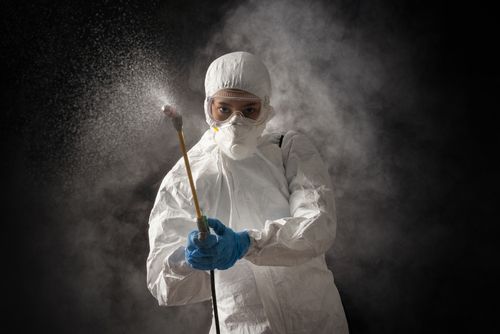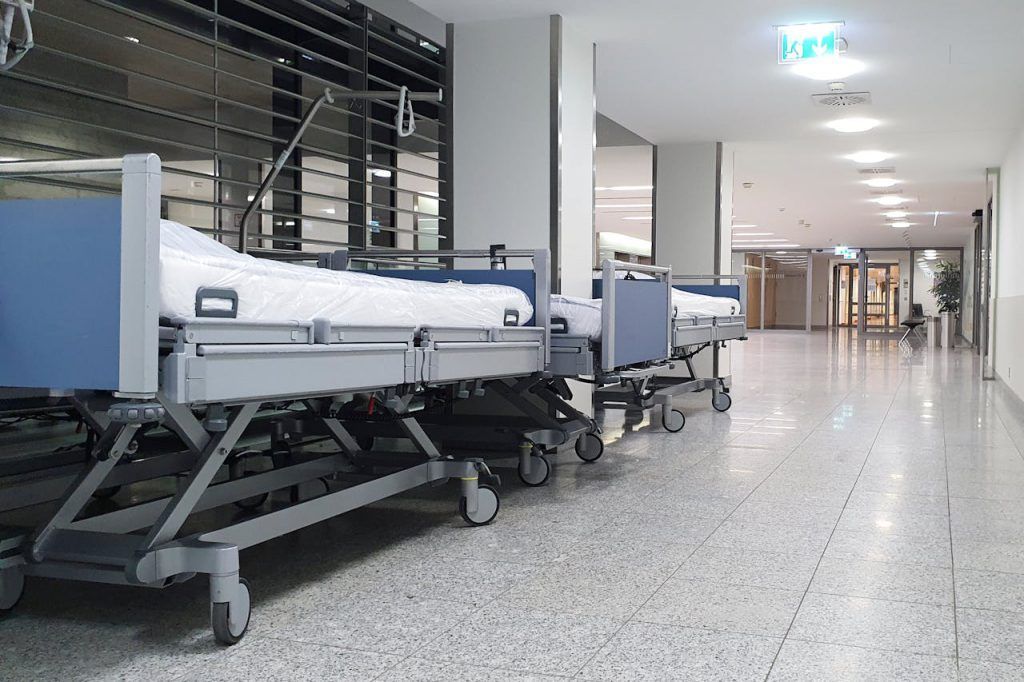Follow Us
Get in touch
Spectrum Cleaning Solutions, Londesborough Road Business Park, Scarborough, North Yorkshire
Phone: 01723 373 509
Opening hours
Monday - Thursday: 8:30 -17:00
Friday: 8:30-16:00
Saturday - Sunday: Closed
Do You Know What’s on a Household Chemical Label?

DO YOU KNOW WHAT’S ON A HOUSEHOLD CHEMICAL LABEL?
We all use chemicals to clean at home every day, whether it’s using washing up liquid, all-purpose cleaners, toilet cleaners and everything in between, but do you know what information is on the chemicals you have at home? It’s probably something most of us don’t even think about, we just pick the product up off the shelf and use it, but knowing what’s in our products and how to use them is vital to protect you, your family and your home from harm.
Most chemicals you’ll have at home aren’t dangerous when used correctly, however, some chemicals need to be handled more carefully than others and this is where the labelling on the product comes in, telling you the dangers of the chemical and advising how to use them safely.
Most chemical products will have one of the below symbols on the label, these are the pictograms for the GHS (Globally Harmonised System) Classification of Risk Symbols. These symbols give you an indication straight away of the potential dangers of the chemical you’re about to use if they’re used incorrectly. Some of the more dangerous symbols you can still find on household items, for example, white spirit (turps), a common product used at home, has the Serious Health Hazard symbol on meaning that it can cause serious long-term health problems when used incorrectly.
As well as the classification risk of the product you will also find on the label what it does, for example degreasing, sanitizing or disinfecting, what EN regulations it meets and how to apply the product and how long you should leave the chemical on for before wiping clean. You will also find on the label the ingredients of the product and the environmental information of the chemical, so you can be aware of how harmful the chemicals you are using are to the environment.

So, how can you make sure you’re using hazardous chemicals safely? We’d recommend following these guidelines:
- Only use as much as you need of the product.
- Use products when children and pets are not in the area, if possible.
- Ensure the area in which you are cleaning is properly ventilated.
- Never leave chemical products unattended, there have been incidents in the past where people have mistaken chemicals for a drink and suffered serious health consequences.
- Never mix any chemicals with anything else but water, as this can create toxic gases.
- After using chemicals, make sure you thoroughly wash any part of your skin that came into contact with the product with warm soapy water.
The post Do You Know What’s on a Household Chemical Label? appeared first on Spectrum.



Opening Hours
Monday - Thursday: 8:30 -17:00
Friday: 8:30-16:00
Saturday - Sunday: Closed
Get in Touch
Spectrum Cleaning Solutions, Londesborough Road Business Park, Scarborough, North Yorkshire
Phone: 01723 373 509
Spectrum Cleaning Solutions Limited is a registered business in England & Wales under company number 04687668.
Registered company address: Units 9 & 10 Londesborough Road Business Park, Londesborough Road, Scarborough, North Yorkshire, England, YO12 5AF.